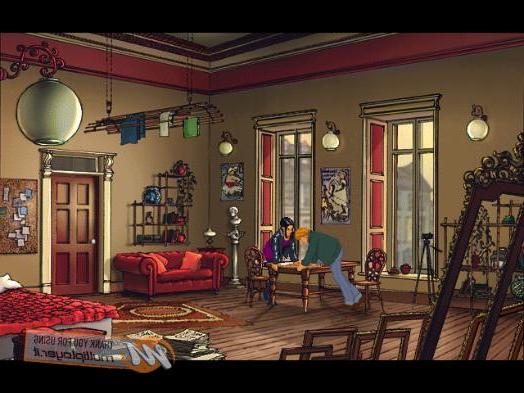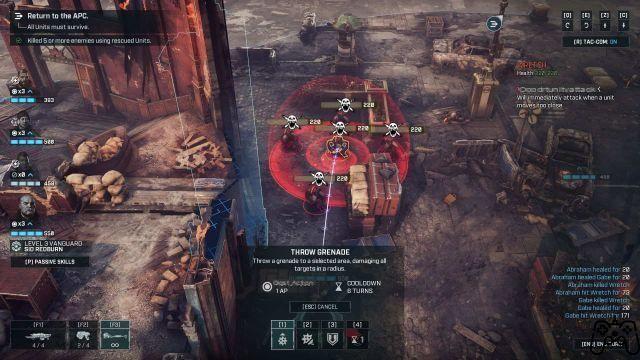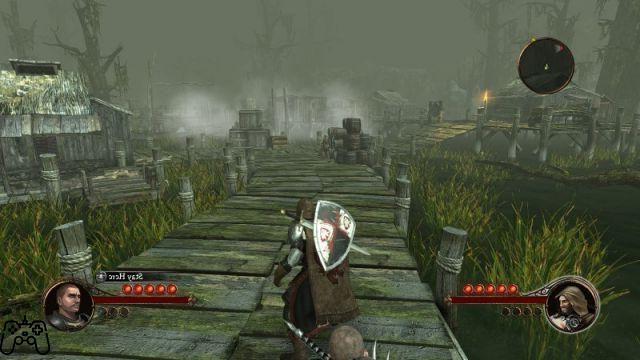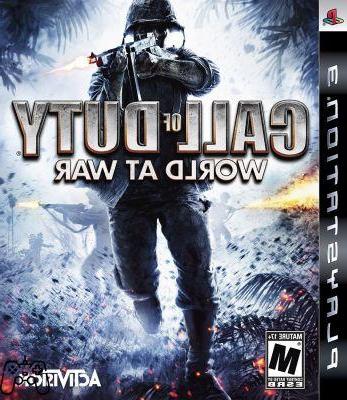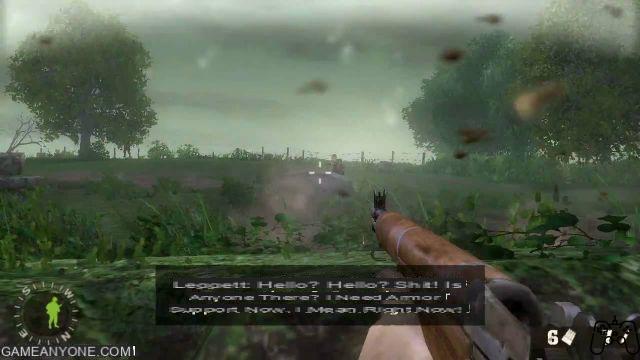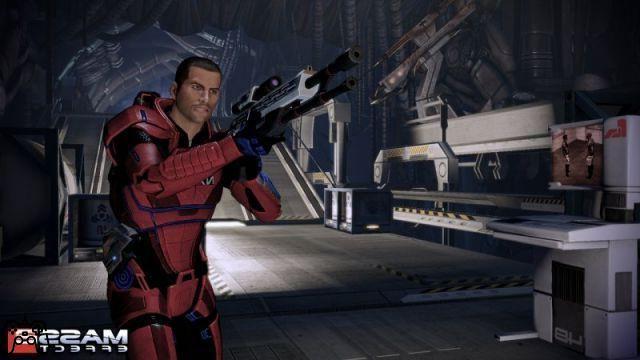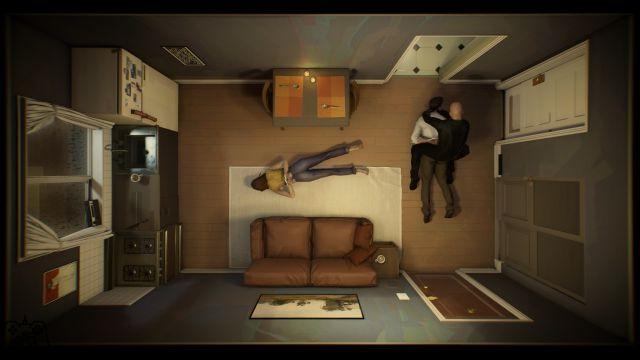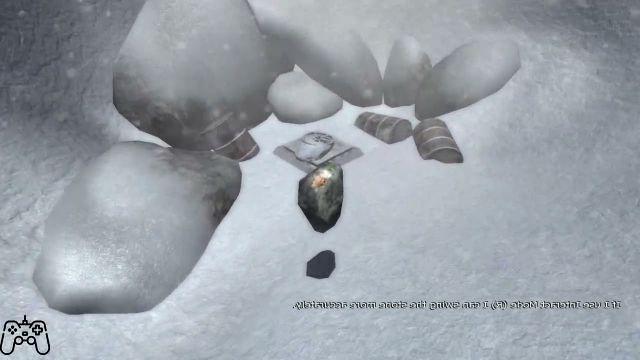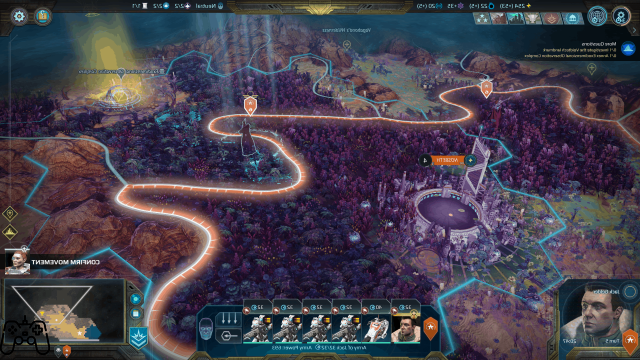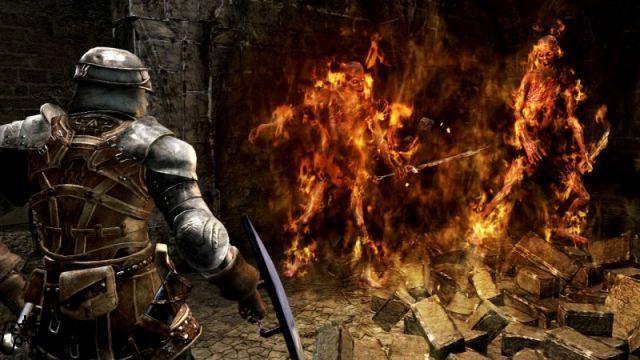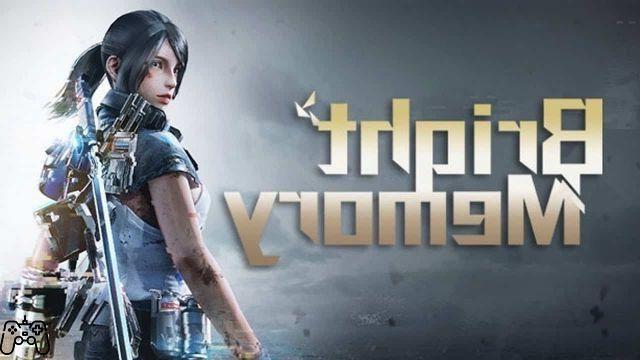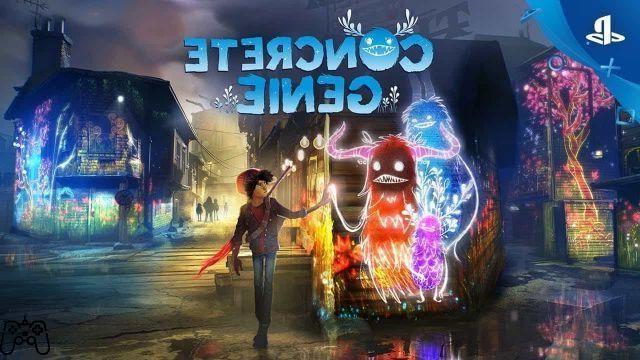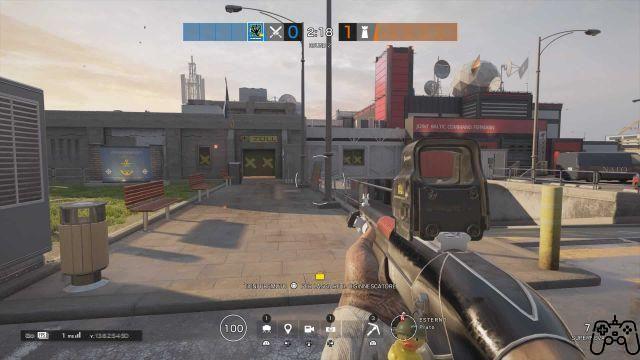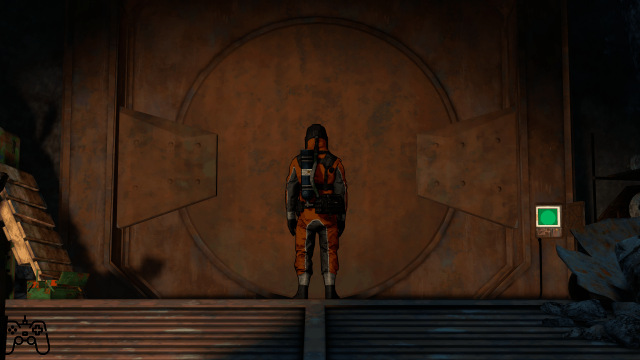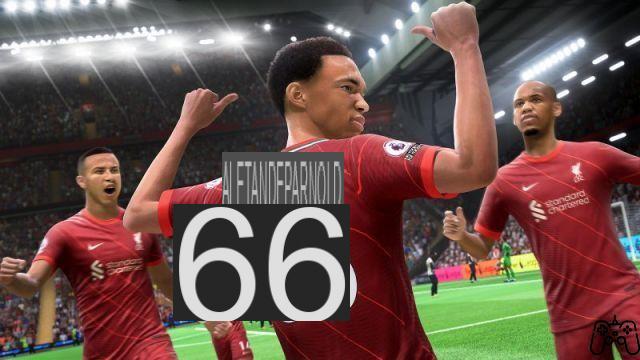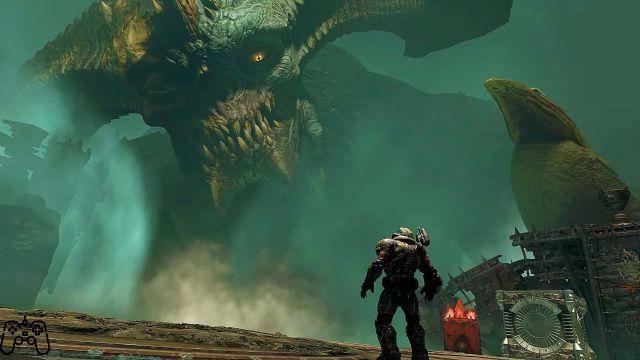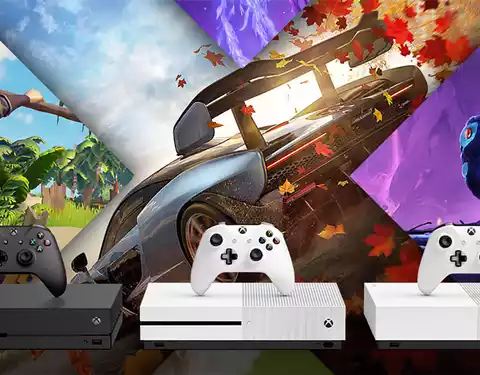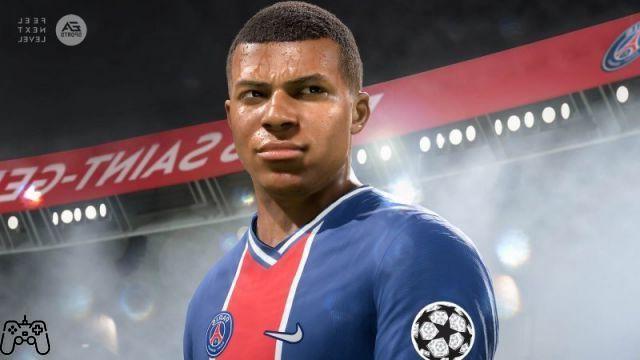The formalization of the arrival of PlayStation 5 at the end of 2020 has monopolized the attention of the public in recent weeks, obscuring, among others, the announcement of the release date of Google Stadia. Much closer than the new Sony console, the game via the cloud of the American computer giant will arrive the November 19, 2019, exactly one month from the time of writing this article.
Unveiled for the first time at GDC 2019, Google Stadia sets itself the ambitious goal of replacing PCs and consoles currently present in our homes, leveraging the Internet connection (assuming it is able to do so) to allow gamers to think. just playing, no longer worrying about updating the hardware at your disposal.
Considering therefore that the release of Google Stadia is now very close, we decided to collect all the relevant information on this platform in one place.
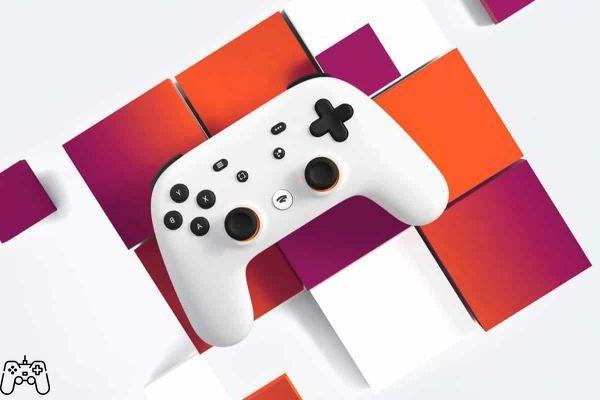
What is Google Stadia?
While we have already partially answered this question, it is worth starting from the basics. Google Stadia is the result of what it was previously called Project Stream, namely a series of tests conducted by Google and Ubisoft to stream Assassin's Creed Odyssey from within a browser Chrome.
It concerns therefore as already mentioned a gaming platform away cloud, which will open its doors to anyone with a compatible device. To access Google Stadia you will be spoiled for choice, since the platform will be compatible with any device capable of running Google Chrome, but also on simple televisions equipped with Chromecast Ultra.
The smartphones supported at launch should be those of the line pixel of Google, including of course the new model 4 recently presented. Google Stadia will also allow you to share your saves between the various devices you own, thus giving players the ability to switch from one screen to another without losing their progress.
How does Google Stadia work?
Since this is a cloud service, it is therefore important to understand on which servers Google intends to run Stadia. The configuration presented by the Mountain View company speaks of machines equipped with x86 processor custom at a speed of 2,7GHz, accompanied by 16GB of RAM and an AMD-branded GPU with the power of 10,7 teraflops. Almost double the Xbox One X's 6 teraflops and more than double the PlayStation 4,2 Pro's 4 teraflops.
All of this will result in Google Stadia's ability to stream video games up to a maximum definition in 4K HDR and 60 frames per second. This quality will only be available to subscribers Stadia Pro, while non-subscribers can instead count on a maximum definition of 1080p and 60fps however dignified.
The quality of the streaming will obviously depend on the connection housewife of each connected client: it is therefore essential to pay attention to the connection available to you, if you want to play with Google Stadia. The maximum quality 4K HDR will require - according to Google, ed - a speed of 35 Mbps, while the intermediate 1080p will be satisfied with 20 Mbps. In both cases the audio transmitted will be 5.1 surround type. The minimum Internet speed to use Google Stadia services is 10 Mbps, at which you can get a 720p video with normal stereo sound. In case you want to know immediately if your connection is able to support Google Stadia without problems, a test site is available.
The function Crowd Play finally, it will allow anyone who is watching a stream to enter the same session as the one who is broadcasting, joining so quickly to give life to group games.
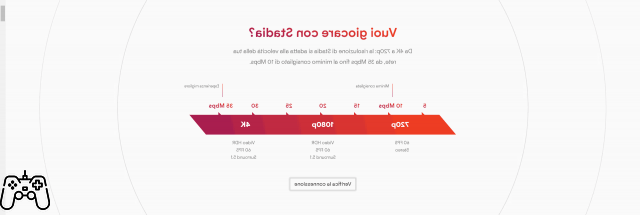
The Stadia Controller
While Google Stadia will also support other gaming peripherals, the platform will come out with the Stadia Controller, available in the case of the Founder's Edition in the color Night blue. The other colors are Wasabi, Clearly White and Just Black. In addition to the now classic configuration of levers and buttons, the Stadia Controller will be equipped with a 3,5 mm headphone jack for headphones with or without a microphone, a USB-C port for charging and using accessories, plus a button Google Assistant to activate the microphone. The Capture button will allow you to quickly capture images and videos to share on YouTube, while the battery will be internal and rechargeable lithium-ion.
Unlike traditional controllers, the Stadia Controller has been specifically designed to reduce the problem ofinput lag that plagues cloud gaming. Instead of connecting directly to the home device, the Stadia Controller provides one direct Wi-Fi connection to the servers that are running the game in the cloud, thus bypassing a series of intermission links that would slow down the transmission of data to the Google centers.
The IT company is taking the issue related to input lag particularly seriously, to the point of developing special algorithms for machine learning to arrive in the future to predict the commands given by the players and thus be able to give Stadia an additional advantage to reduce latency times.
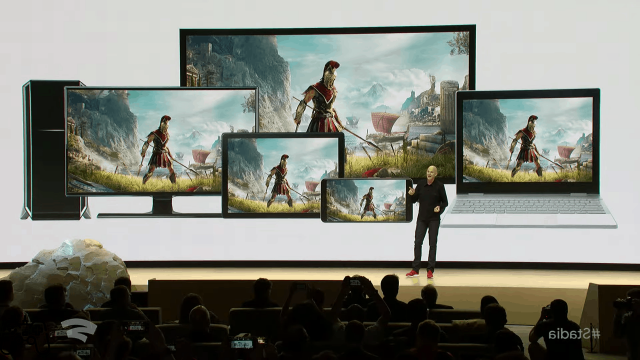
How much does Google Stadia cost?
Those who pre-ordered the "Founder's Edition" will be able to use the platform starting November 19, 2019. The special edition, which was pre-booked for the first few months on the official website, has now been replaced by a virtually identical "Premiere Edition" - which varies only by the color of the pad, in this case white instead of dark blue - which is sold for the same price as 129,99 € and includes a Chromecast Ultra, the controller and a three-month subscription to Stadia Pro. Once the first quarter has passed, Stadia Pro will be available at 9,99 € per month and will offer, in addition to the ability to play up to 4K HDR, some free games starting from the entire Destiny 2 package.
The other titles will have to be bought separately, with the possibility for subscribers to enjoy special discounts. The basic version of Stadia will arrive for free only during 2020, and will allow players to purchase only the titles individually, with the limitations indicated above in terms of video quality.
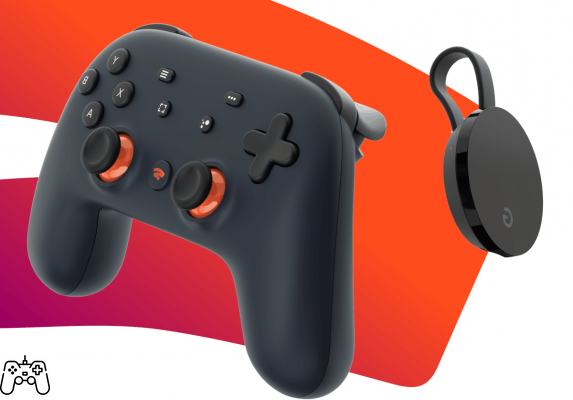
What games will there be on Google Stadia?
In addition to being able to run games, a platform with Google Stadia ambitions must also have a certain amount of titles to rely on. For this reason, in addition to the already started collaboration with Ubisoft, Google has organized itself to count on numerous third-party titles since the launch, which will be joined by games developed internally. In fact, a few months ago the news regarding the formation of the team Stadia Games and Entertainment driven by Jade Raymond, from which, however, no announcements related to the projects we will see have yet arrived.
The games announced and that will be available for purchase for Google Stadia at the moment are the following:
- Attack on Titan 2: Final Battle
- Assassin's Creed Odyssey
- Baldur's Gate 3
- Borderlands 3
- The Crew 2
- cyberpunk 2077
- Darksiders Genesis
- Destiny 2
- Destroy All Humans
- Doom (2016)
- Doom Eternal
- Dragonball Xenoverse 2
- Farming Simulator 19
- Final Fantasy XV
- F
- Get Packed
- Gods & Monsters
- GRID
- Gylt
- Just Dance 2020
- China
- Marvel's Avengers
- Metro Exodus
- Mortal Kombat 11
- NBA 2K20
- Orcs Must Die 3
- Power Rangers: Battle for the Grid
- 2 Rage
- Red Dead Redemption 2
- Samurai Shodown
- superhot
- The Elder Scrolls Online
- Thumper
- Tomb Raider Definitive Edition
- Shadow of the Tomb Raider
- Rise of the Tomb Raider
- Tom Clancy's Ghost Recon Breakpoint
- Tom Clancy's The Division 2
- Trials Rising
- The Crew 2
- Watch Dogs Legion
- Wolfenstein: Youngblood
- 2 Windjammers




